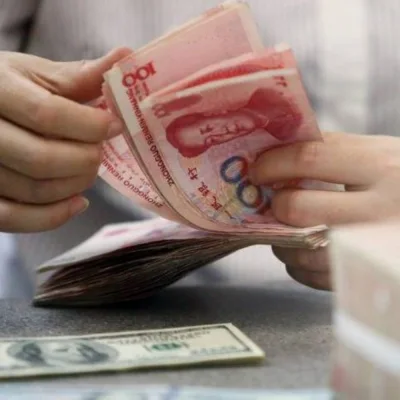South Korea’s exports look set to snap a 16-month decline and traders say companies bringing home overseas revenue could help spur a recovery in Asia’s second-worst performing currency.
Customs data show overseas shipments rose 2.1% in the first 20 days of May from last year, led by car and television components. Exporters were actively buying the won towards the end of last week, said Kim Dae Hun, a trader based in Seoul at Busan Bank, who also sees the prospect of Bank of Korea intervention. The currency’s 3.7% drop since April 30 is second only to the 4.8% loss in the Malaysian ringgit.
The won’s slide this month highlights the dilemma facing South Korea’s government. A weaker currency reduces the cost of exports, while making the nation’s assets less attractive to international investors. In February, when the won averaged 1,217.13, the finance ministry and the BoK said the currency’s movements were “excessive” and authorities were concerned about the market’s herd behaviour. The won rose 0.9% to 1,182.68 per dollar yesterday, the biggest gain since April 28.
“There’s strong support at 1,200, a key level psychologically, technically and in terms of the Bank of Korea’s stance,” Busan’s Kim said. “There are very few investors who are looking to buy dollars above 1,200, so it will be very difficult for the won to weaken to 1,200.”
South Korea’s currency has borne the brunt of the dollar’s rally this month that was spurred by growing speculation the Federal Reserve will raise interest rates by July, causing investors to dump emerging-market assets. Overseas investors were net sellers of the nation’s shares for a second week as of May 20, driving the Kospi index to more than a two-month low.
The currency also slumped on concern monetary policy will diverge between the Fed and the BoK, which kept rates at a record low of 1.5% May 13. The odds of a Fed move in June jumped about eight-fold to 34% since the start of last week, according to data compiled by Bloomberg based on fed fund futures.
“Investors are now taking the Fed’s tightening stance as a sign of confidence about the US economy, which is certainly good news for the global economy overall including Korea’s,” said Seo Jeong Hun, an economist at KEB Hana Bank in Seoul. “We are also sensing that exporters are moving quickly to sell their dollars near 1,200, as they view the level as a near-term peak.”
Now that the market has priced in prospects of higher US rates, the won could recover, according to Jude Noh, a chief currency trader at Suhyup Bank. The level of 1,200.56 is the 61.8% retracement from the won’s low in February to its high in April, suggesting that orders to buy the currency may be clustered near that level.
“The Fed’s June rate hike risk has been highlighted time and time again recently,” Noh said. “The foreign exchange market is fully aware of it now and the risks are already priced in.”
While some Fed officials have hinted that rates may rise in June, there’s no guarantee that the central bank will move then, according to Min Gyeong Won, an analyst at NH Futures Co in Seoul, who said the won is near attractive levels for exporters.
“There seems to be pretty strong support at 1,192, and it will be difficult to cross this level, where there is likely to be a correction due to a higher volume of dollar sales by companies,” Min said. “The latest string of comments from Fed officials were essentially giving a signal to the market that a rate hike could be on the way. It does not mean that the rate hike will happen right next month.”

An employee inspects sheets of 1,000 won banknotes at the Korea Minting, Security Printing & ID Card Operating Corp factory in Geyongsan, South Korea. The won closed up 0.9% to 1,182.68 per dollar yesterday.


